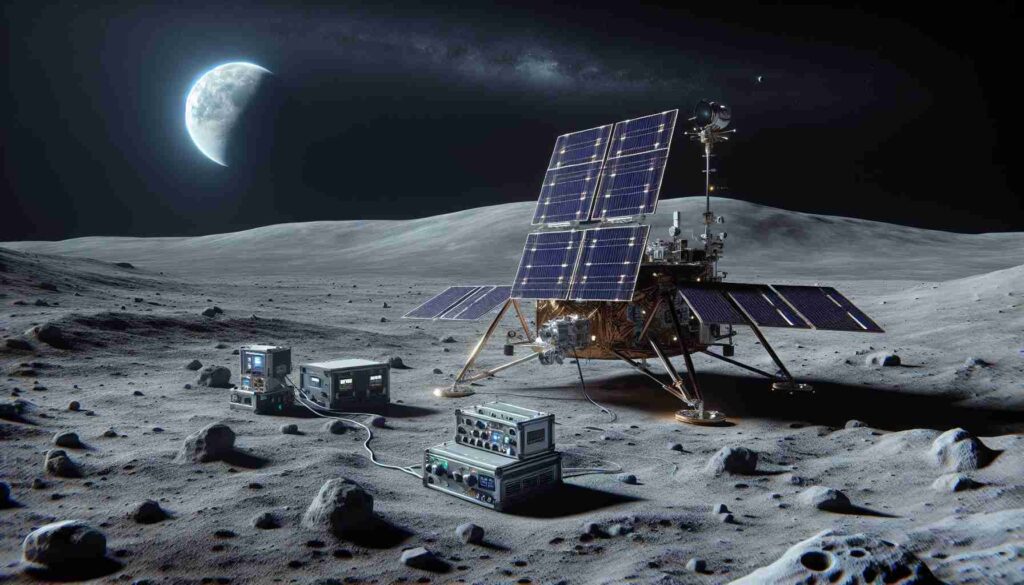Japan’s Moon Lander resumes operations after a power supply issue

Japan’s lunar lander, which faced a power supply malfunction, has recommenced its activities following a week-long hiatus, announced the Japan Aerospace Exploration Agency (Jaxa).
The agency confirmed the restoration of communication with the lander on Sunday night, indicating a successful resolution of the glitch. Solar cells on the lander have been rejuvenated, benefiting from altered lighting conditions that allowed sunlight capture, Jaxa reported.
Upon its landing on January 20, the lander, part of the Smart Lander for Investigating the Moon (Slim) mission, encountered challenges as its solar cells were oriented away from the sun, rendering power generation impossible.
With Slim’s successful landing, Japan joined a select group of nations, including the US, the former Soviet Union, China, and India, that have accomplished soft landings on the lunar surface.
The lander relied on battery reserves temporarily until authorities opted to power it down, anticipating potential power recovery with sunlight angle adjustments.
Jaxa shared an image captured by Slim of a nearby rock, affectionately dubbed a “toy poodle,” underscoring the lander’s visual exploration objectives.
Slim’s primary mission entails rock composition analysis, aiming to unravel mysteries surrounding the Moon’s origins. Its precise landing within the Shioli crater’s vicinity, described as an “unprecedented pinpoint landing” by Jaxa, holds promise for future lunar exploration, particularly in resource-rich polar regions.
While Jaxa hasn’t specified Slim’s operational duration on the Moon, the lander isn’t designed to endure lunar nights, lasting approximately 14 days, devoid of sunlight exposure.
Lunar expeditions have historically proven arduous, with only about half achieving successful landings. India’s recent Chandrayaan-3 mission, which touched down near the lunar south pole, marked a significant milestone preceding Japan’s achievement.
In contrast, setbacks have plagued lunar missions, including a US spacecraft’s fiery demise over the Pacific and Russia’s lunar spacecraft’s crash following a loss of control. These endeavours underscore the complexities and risks inherent in lunar exploration.
